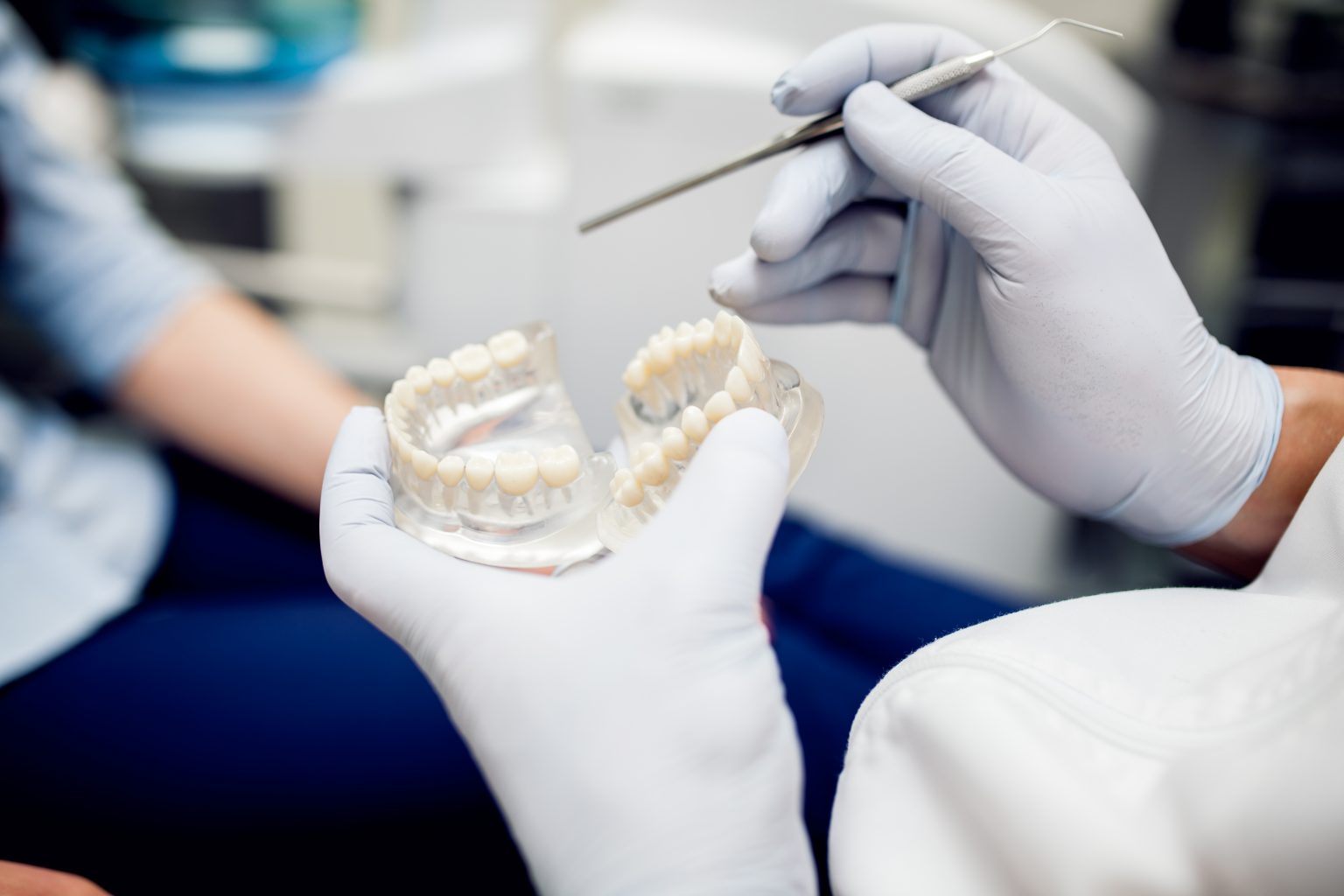A candidate’s capacity to apply information in practical situations is assessed through oral examinations, which are a crucial part of many professional certification programs. These tests include the CAE Oral Exam and the CCHI Oral Exam, which each concentrate on a distinct area of competence. This post will give a thorough analysis of both tests, emphasizing their formats, requirements, and study guides.
CAE Oral Exam: Synopsis and Format
Advanced English language proficiency is evaluated through the Cambridge English: Advanced (CAE) Oral Exam, which is a component of the Cambridge English Qualifications. It is aimed at candidates who are working towards a C1 level of proficiency on the Common European Framework of Reference for Languages (CEFR). The exam’s oral portion assesses the candidate’s ability to communicate effectively in complex and demanding situations, making it a vital part of the overall assessment.
The CAE Oral Exam is normally administered in pairs, with two candidates and two examiners, and lasts for around fifteen minutes. Candidates can showcase their communication, teamwork, and reasoning abilities in addition to their fluency in speaking through this interactive style.
Important Elements of the CAE Oral Examination Interview: First, there are personal questions about well-known subjects including employment, interests, and life events. In this area, responses should be natural and fluid.
Collaborative Task: Candidates work collaboratively to solve a task in this segment. This section places a strong emphasis on communication and the capacity to share ideas, put up solutions, and come to an agreement.
Long Turn: Here, candidates are asked to discuss a predetermined topic for one minute. This assesses your capacity to employ sophisticated terminology, present a well-organized response, and maintain a cogent point of view.
Discussion: During the last section, candidates have a more thorough conversation on the group project. Here, expressing viewpoints, presenting arguments, and providing details are the main goals.
A few tips for being ready for the CAE Oral Exam include practicing speaking with others about a variety of difficult subjects in English, emphasizing the use of sophisticated syntax and vocabulary, and participating in discussions that call for critical analysis and problem-solving.
The CCHI Oral Examination: Overview and Format
The purpose of the Certification Commission for Healthcare Interpreters (CCHI) Oral Exam is to evaluate medical interpreters’ proficiency in interpreting in authentic healthcare environments. In order to become a licensed interpreter in the United States, candidates must pass this exam, which certifies their ability to accurately and successfully communicate with patients and healthcare practitioners.
The CCHI Oral Exam, sometimes referred to as the CHI™ Exam, assesses candidates’ accuracy in sight-translation, sequential, and simultaneous interpretation. The oral exam consists of interpreting scenarios that mimic real-life healthcare encounters, making it a practical test of skills.
Important Elements of the CCHI Oral Exam: Consecutive Interpretation: This part assesses the candidate’s accuracy in interpreting a patient-provider dialog in which the speaker pauses to give the opportunity to interpret.
Simultaneous Interpretation: This section requires the candidate to interpret speech in real-time, without pausing, in order to portray how quickly medical environments move.
Sight Translation: In order to demonstrate the candidate’s proficiency with written materials in a healthcare setting, they must read and verbally translate a medical document.
Advice for Applicants: In order to do well in the CCHI Oral Exam, candidates should concentrate on increasing the speed and precision of their medical interpretation. Key preparation techniques include familiarizing yourself with real-world medical events, comprehending medical jargon, and being proficient in various styles of interpretation.
Comparing the Oral Exams for the CAE and CCHI
While oral proficiency is evaluated on both the CAE and CCHI exams, the skills they focus on are very different. The CCHI Oral Exam concentrates on language interpretation in a medical setting, whereas the CAE Oral Exam assesses general English language proficiency. Strong communication skills are necessary for both; however, the CCHI places more emphasis on technical precision and the capacity to manage specialized healthcare communication, while the CAE emphasizes conversational and collaborative skills.
In summary
Professionals in their fields need to prepare for both the CAE Oral Exam and the CCHI Oral Exam, which assess vital communication abilities. Whether it’s passing the CAE with advanced English language competence or passing the CCHI with medical interpretation, passing these tests demands careful planning, repetition, and deep understanding of the relevant content areas. With the right approach, candidates can confidently navigate these oral exams and achieve their certification goals.

